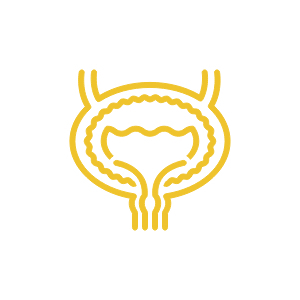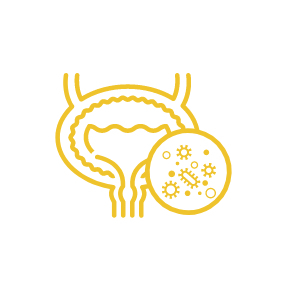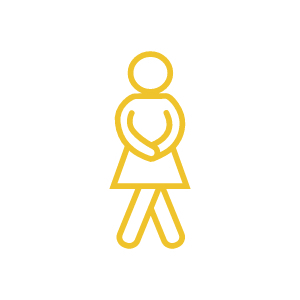Antimicrobial consequences and stewardship
Antimicrobial resistance
Key facts
Antibiotic resistance occurs naturally, but misuse of antibiotics in humans and animals is accelerating the process.
Antibiotic resistance is one of the biggest threats to:

- Global health
- Food security
- Advancing modern medicine
- It can affect anyone, of any age, in any country
- Antibiotic resistance occurs naturally, but misuse of antibiotics in humans and animals is accelerating the process
- Numerous cases of antimicrobial resistance in humans have been traced to resistant microbes suspected of originating in livestock

Resistant microorganisms are a major concern because a resistant infection may kill, can spread to others, and imposes huge costs to individuals and society
Resistant microbes ( i.e. ESBL, CRE, VRE, MRSA) are more difficult to treat, requiring alternative medications or higher doses of antimicrobials. These approaches may be more expensive, more toxic or even both
Antibiotic resistance is putting the achievements of modern medicine at risk. Organ transplantations, chemotherapy and surgeries become much more dangerous without effective antibiotics for the prevention and treatment of infections.
Antimicrobials in UTIs

- In the case of UTIs, only a few antibiotics are indicated
- Resistance rates, lack of efficacy and potential side effects further limit the antibiotic armamentarium

- Resistance complicates future UTI treatment and increases the disease burden in the community setting
- Continuous antibiotic prophylaxis may increase the emergence of resistant uropathogens
Antibiotic use for rUTIs needs to be considered carefully and appropriately; it should be prevented in order to spare antimicrobials for future generations.
Antimicrobials and microbiota
Until recently it was thought that a healthy urinary tract is sterile, however studies have shown that commensal ‘good’ bacteria such as Lactobacillus, Prevotella and Gardnerella can all be isolated in urine.

- Antibiotics may cause ecological disturbances in the healthy microbiota thus affecting homeostasis

- Without the beneficial microbiota, the urogenital tract may be changed into a dysbiotic, sensitised state, at increased risk of colonisation by uropathogens
Antimicrobial stewardship

-
Antimicrobial stewardship is a coordinated program that promotes the appropriate use of antimicrobials, aimed at reducing resistance and the spreading of multidrug resistant bacteria, improving patient outcomes, and sparing antibiotics themselves

- Increasing antimicrobial resistance, lack of therapeutic efficacy and side effects has raised the need for non-antimicrobial prophylaxis for recurrent cystitis
Inappropriate prescription / consumption of antibiotics should be discouraged. Antibiotic sparing can help combat rising antibiotic resistance.
Antimicrobials and bacterial reservoirs
A disease reservoir acts as a transmission point between a pathogen and a susceptible host.
They are a possible cause of rUTIs:

Bacterial infection

Intracellular bacterial communities (IBCs) form 4–16 hours after original infection

2 weeks later a persistent quiescent intracellular reservoir develops despite antibacterial therapy

IBCs could be quiescent for extended periods and then re-emerge to cause rUTIs
Stepwise prophylactic strategies may reduce antibiotic resistance
A stepwise prophylactic approach should be followed in specific at risk patients for recurrent cystitis. It is recommended in some guidelines, such as EAU guidelines.





